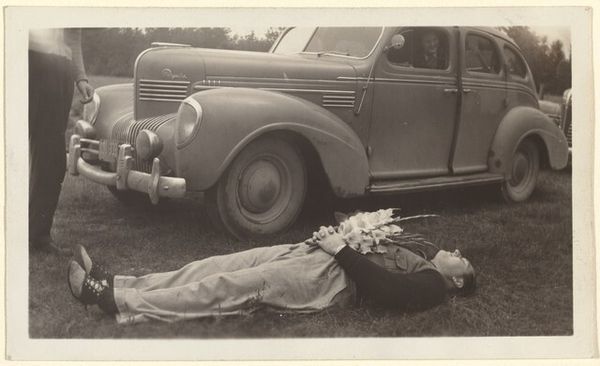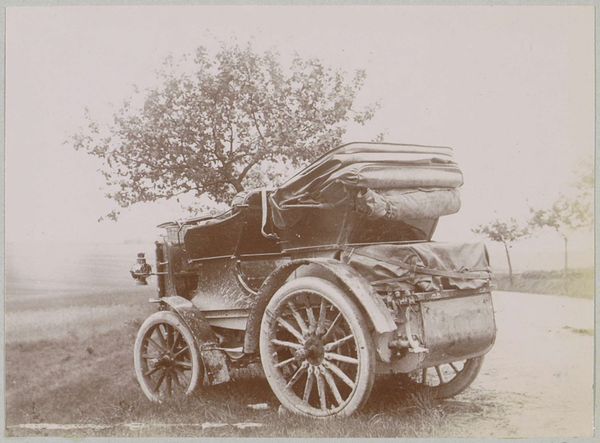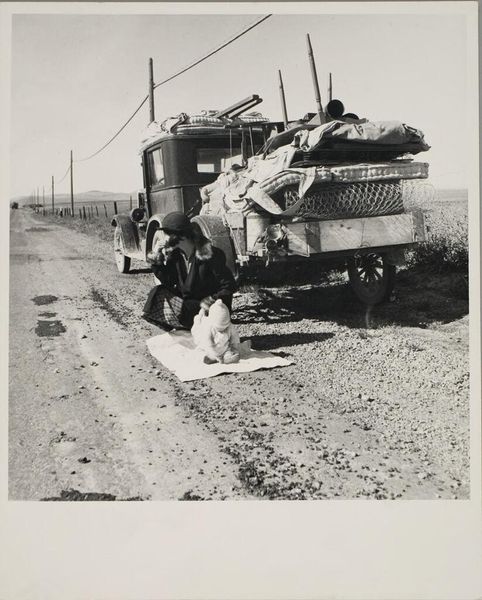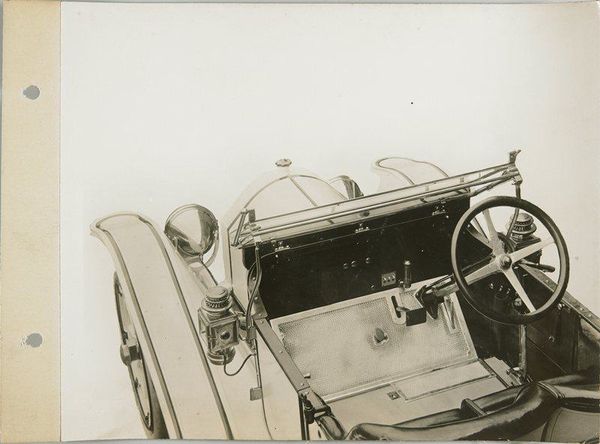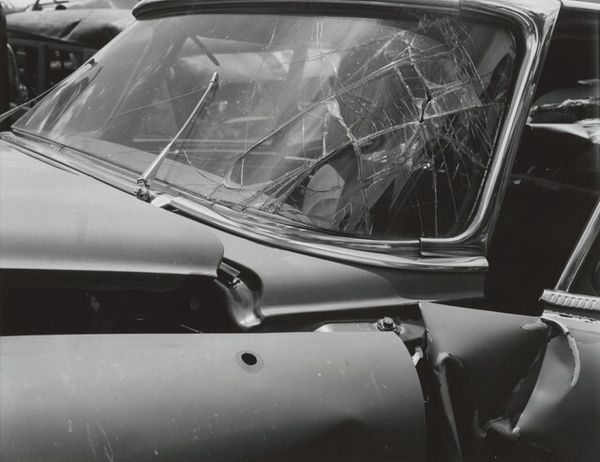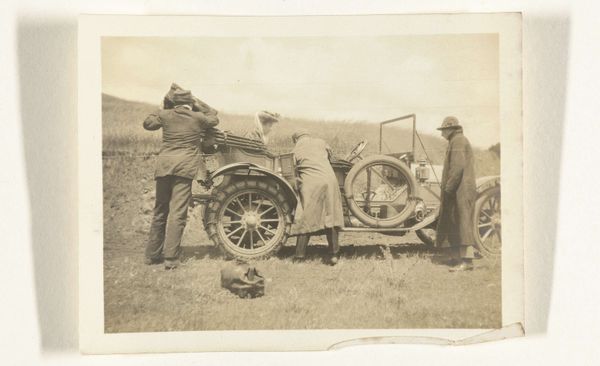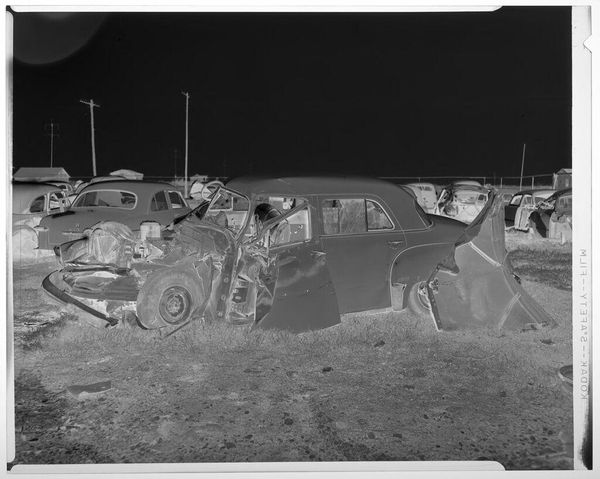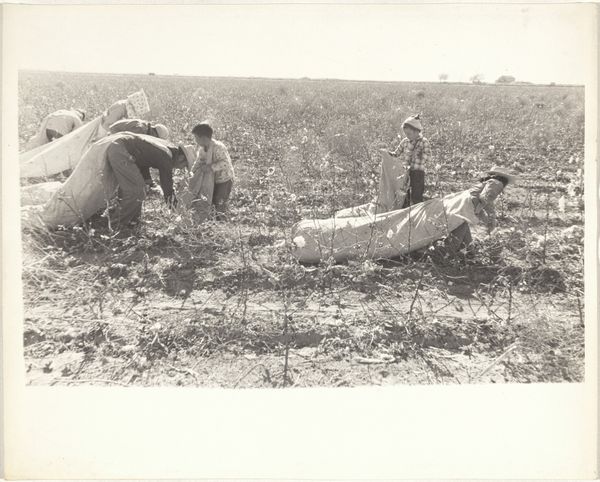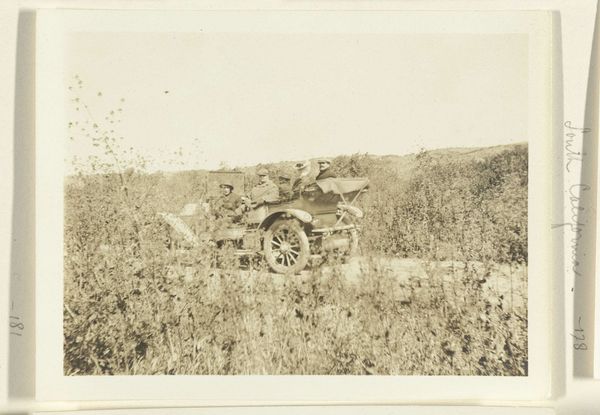
photography, gelatin-silver-print
#
landscape
#
social-realism
#
photography
#
historical photography
#
gelatin-silver-print
#
monochrome photography
#
modernism
#
realism
#
monochrome
Dimensions: image/sheet: 20.4 × 18.7 cm (8 1/16 × 7 3/8 in.)
Copyright: National Gallery of Art: CC0 1.0
Editor: Here we have Dorothea Lange's "Roadside camp near Bakersfield, California" from 1935, a gelatin silver print. The image is dominated by what appears to be an overloaded wooden cart. What can we unpack about the material conditions represented in this photo? Curator: From a materialist perspective, it's vital to consider what's been included in the photograph as it exposes something of the making, and even more the un-making, of society. Lange's work presents an opportunity to examine not just the aesthetic choices but the economic and social pressures at play in its production, and especially those it portrays. Look at that cart, it speaks volumes. What does that roughly-hewn wood and patched-together assemblage suggest to you about resourcefulness, and perhaps lack of resources? Editor: It really does highlight a sense of scarcity, a struggle for basic survival. The sheer volume crammed into the cart also emphasizes labor and the overwhelming weight of their possessions – the material burden they carry. What’s your view on this representation of labor? Curator: I’m interested in the labor it implies both for the subjects *within* the frame and the means and social impact of the photographer’s *own* labor to produce the photo. The photograph becomes a material artifact itself. It exposes the economic system of that period by showing the tools and products – even the cast-offs like scrap lumber–of everyday life transformed into objects for survival. Editor: So the image itself becomes evidence of the means of survival for both subject and artist within a specific social and economic system. That’s a powerful point. Curator: Precisely. And it encourages a re-evaluation of the traditional hierarchy, suggesting that documenting everyday struggles holds significance, worthy of aesthetic, social and even activist consideration. Editor: I see that it's not only about representing social struggles but also about questioning the artistic means and labour employed for representation itself. That gives a lot of food for thought. Thank you.
Comments
No comments
Be the first to comment and join the conversation on the ultimate creative platform.

